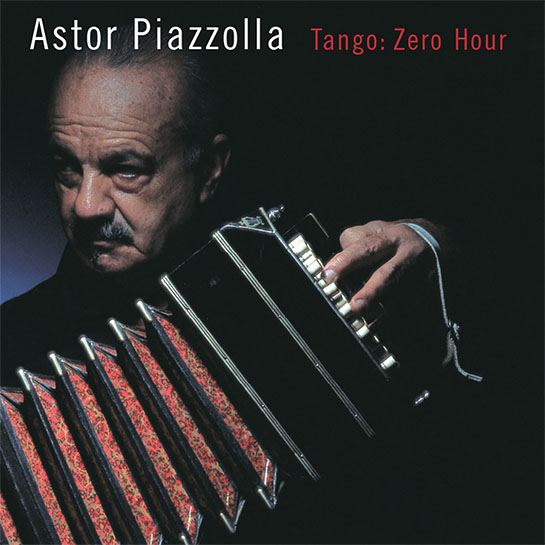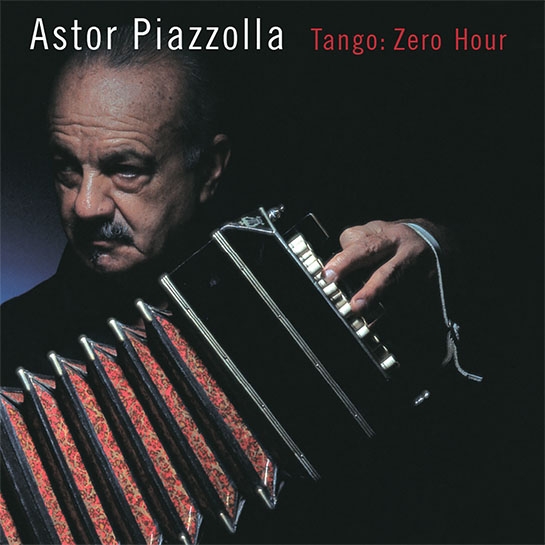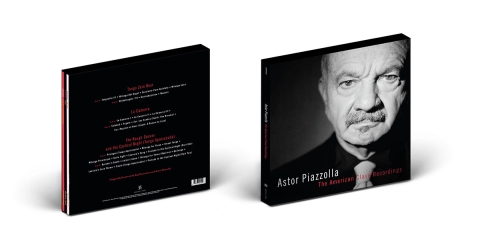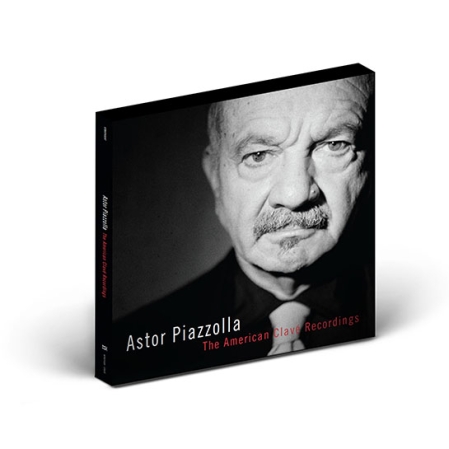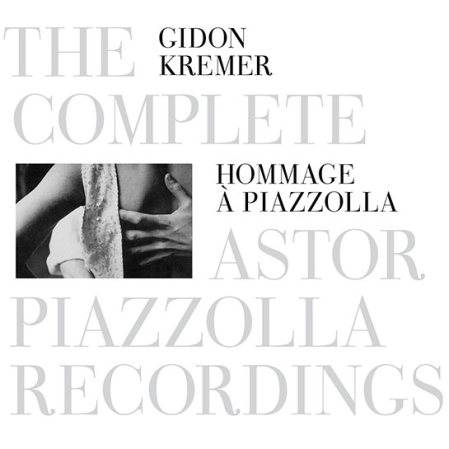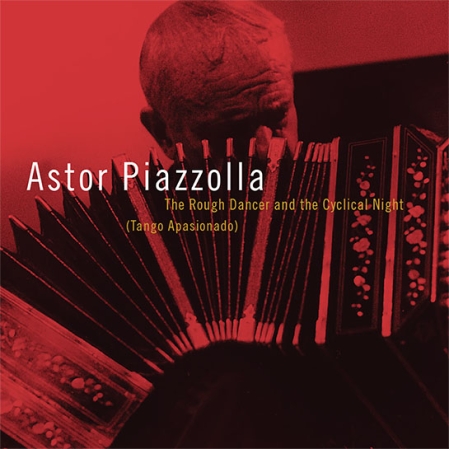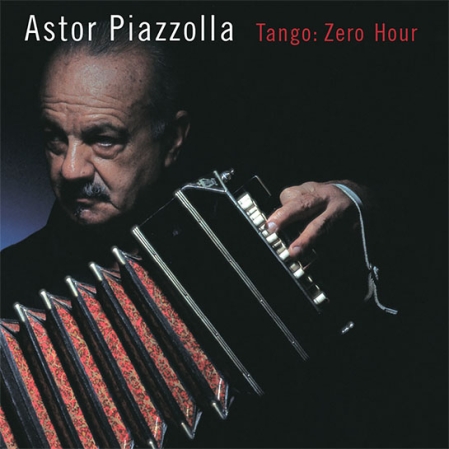Astor Piazzolla called his recording Tango: Zero Hour “absolutely the greatest record I’ve made in my entire life.” The album was recorded in New York with Piazzolla and his classic New Tango Quintet, which worked with Piazzolla from 1978 to 1988 and included Fernando Suárez Paz (violin), Pablo Ziegler (piano), Horacio Malvicino Sr. (guitar), and Héctor Console (bass).
Astor Piazzolla called his recording Tango: Zero Hour “absolutely the greatest record I’ve made in my entire life.” The album was recorded in New York with Piazzolla and his classic New Tango Quintet, which worked with Piazzolla from 1978 to 1988 and included Fernando Suárez Paz (violin), Pablo Ziegler (piano), Horacio Malvicino Sr. (guitar), and Héctor Console (bass). Tango: Zero Hour, produced by Kip Hanrahan, was originally released by American Clavé in 1986.
Astor Piazzolla’s nuevo tango, which incorporates classical forms and jazz elements into the traditional tango, was so controversial at its advent that Piazzolla had his life threatened on numerous occasions and was even exiled from his country. The traditional tango, born out of the bordellos of Buenos Aires in the way that jazz began in New Orleans, had been haunted by its origins for decades. Piazzolla, with his innovative style and desire to legitimize the tango and bring it to a serious musical audience, changed the face of the music forever.
Born in Mar Del Plata, Argentina in 1921, Piazzolla moved to New York with his father at an early age and lived there until 1937. At age nine he was asked by the famed tango singer/composer Carlos Gardel to appear in his movie El Dia Que Me Quieras. Upon his return to Buenos Aires, he learned to play the bandoneón, began arranging for Anibal Troilo’s orchestra (one of the main tango bands of the day), and studied with the composer Alberto Ginastera.
The year 1954 marked a pivotal point in Piazzolla’s career, when he won a scholarship to study composition with the celebrated pedagogue Nadia Boulanger in Paris. It was Boulanger who encouraged Piazzolla to develop the popular music of his heritage, to make tango a serious music. In 1955 he organized his Octeto Buenos Aires, after his studies with Boulanger and an encounter with Gerry Mulligan’s Octet. It signified the beginning of what came to be known as nuevo tango.
Other ensembles followed, including Piazzolla’s first quintet, which worked together from 1960 to 1970. The New Tango Quintet, convened in 1978, was in a class by itself. When Tango: Zero Hour was released, the ensemble had spent nearly 10 years together and Piazzolla was at the peak of his powers. SPIN magazine called Tango: Zero Hour “extraordinary,” and The Village Voice called Piazzolla “a modern master.” Jon Pareles of the New York Times said, “To hear Mr. Piazzolla’s tangos as musical marvels is beside the point. As edgy lines and long-breathed tunes defy and embrace one another, the tangos suggest that even in the modern world, romance survives.”
The release of Tango: Zero Hour marks the third Nonesuch release featuring Astor Piazzolla. In 1988, a recording of his Concierto para bandoneón and Tres tangos was released, and in 1990, he made his last recording, of a piece commissioned by Kronos Quartet called Five Tango Sensations. (His first composition for Kronos, Four, for Tango, appears on their 1988 release Winter Was Hard.) The music of Piazzolla is also featured on two Nonesuch recordings by the violinist Gidon Kremer: Hommage à Piazzolla and El Tango.
PRODUCTION CREDITS
Produced by Kip Hanrahan
Associate Producer: Nancy Hanrahan
Recorded and mixed May 1986 at Sound Ideas Studio, New York City
Engineer: Jon Fausty
Assistant Engineer: Shawna Stobie
Mastered by Greg Calbi at Sterling Sound, New York City
Design by John Gall
Photo by Charles Reilly
Executive Producer: Scott Marcus
79469
MUSICIANS
The New Tango Quintet:
Astor Piazzolla, bandoneón
Fernando Suárez Paz, violin
Pablo Ziegler, piano
Horacio Malvicino Sr., guitar
Héctor Console, bass
